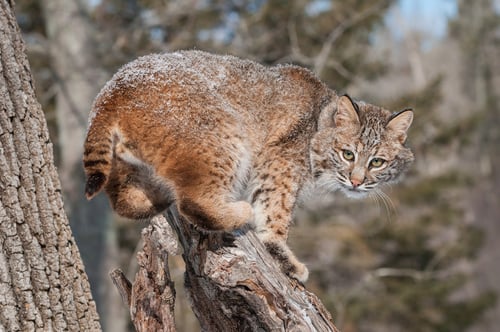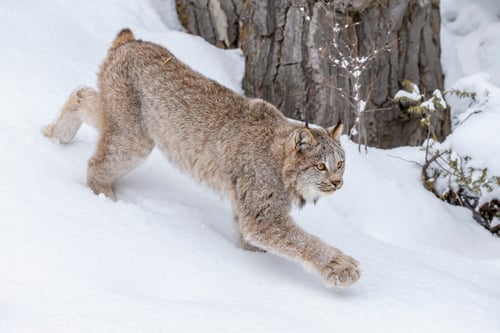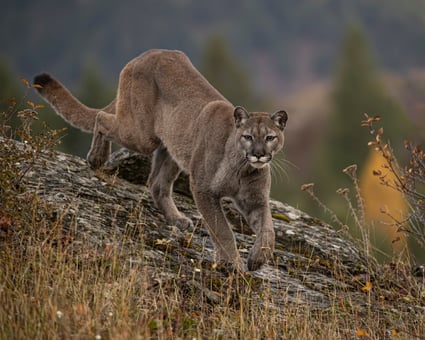Meow, wow! Do you know what today marks the beginning of? It’s National Cat Week! Beginning on November 6, this week has been celebrated during the first full week of November since 1946. Originally, National Cat Week was established by the American Feline Society by its then-president, Robert Lothar Kendell. National Cat Week highlights the intelligences, personalities and qualities of our feline friends and raises awareness about how many domestic cats in our world do not have humans to love them and the encouragement to adopt.
In last week’s Curious Nature, domestic cats were highlighted for causing detrimental harm to our local bird and small mammal populations. While our domestic cat friends should remain indoors, there are a few felines that are known to live in our backyard here in the wilds of Colorado. Let’s highlight the three native-wild feline friends that share the Rocky Mountains as their home - these wildcats are mountain lions, bobcats and lynx.
First, we have the bobcat. Weighing in at 11-30 pounds, they are roughly twice the size of a domesticated cat. Bobcats are easily distinguishable for their black-tipped, stubby or “bobbed” tail. They also have short-tufted ears, a grayish-tan and black spotted coat and straight back. In Colorado, bobcats are thriving as their food of squirrels, mice and rats are plentiful in the variety of deciduous, coniferous and mixed woodland habitats they live in. It is also known that larger bobcats may prey upon domesticated cats that are outside. More than 12,000 bobcats are estimated to be in Colorado and the most abundant of the North American wildcats.
 Bobcat
Bobcat
 Mountains Lion
Mountains LionChristina Belardo is the Girls in Science Manager at Walking Mountains Science Center who owns a beautiful INDOOR cat named “Ted the Cat”. In her free time, she is a scientific illustrator exploring the outdoors through pens and a sketch pad.









